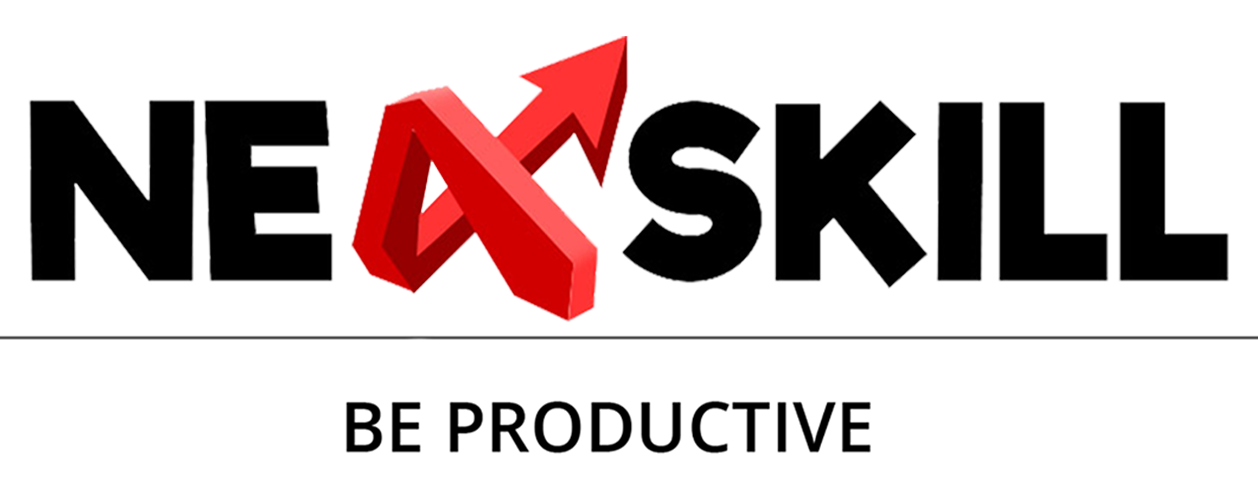No products in the cart.
As a web developer, you can enhance the user experience of your website by reducing the load times. Long wait times can quickly frustrate users and push them away from your website. Here are some expert techniques to reduce website load times and enhance user experience.
Optimize images
Images are a critical part of any website, as they can convey a lot of information while also making the site visually appealing. However, unoptimized images can increase website load times. Therefore, optimizing images is crucial. So you can use image compression tools to reduce the file size of images without compromising their quality. To make your images load faster on the web, you can do the following:
-
Choose the right file format:
Pick the best format for your images. PNG is good for high-quality images, but it makes the file size larger. JPEG is great for photographs because it balances image quality and file size.
-
Resize images:
Change the dimensions of your images to the size you need before putting them on your website. You can use tools or websites to do this without losing quality.
-
Compress images:
Use tools to reduce the file size of your images without making them look bad. This is important because smaller file sizes load faster on the web. So there are many tools available online and offline to help you with this.
-
Use image optimization tools:
There are special tools and programs designed to optimize images for the web. So these tools can make things easier for you. They have special features that allow you to work with multiple images at the same time and convert them to different formats. This saves you time and effort when optimizing your images for the web.
-
Lazy loading:
Implement lazy loading on your website. This means that images will only load when they are needed, instead of all at once. Lazy loading can make your website load faster, especially if you have lots of images.
Follow these steps, to optimize your images for the web and make your website perform better. By enrolling in Nexskill Software Engineering Program, you will learn how to make optimize images with good quality.
Minimize HTTP requests
Every resource on a web page, including HTML, CSS, JavaScript, and images, requires an HTTP request to load. More requests mean longer load times, so keep the number of requests to a minimum. You can do this by combining multiple files into one, reducing the number of images, and avoiding unnecessary scripts. To minimize HTTP requests on your website and make it load faster, you can do the following:
-
Use fewer plugins:
Having too many plugins can slow down your website. Try to only use the ones you really need.
-
Combine images:
Instead of loading many separate images, combine them into one image file. This reduces the number of requests needed to load images.
-
Content Delivery Network (CDN):
A CDN stores your website’s files on servers around the world, making them load faster for users in different locations.
-
Compress and optimize images:
Use tools to make your images smaller without making them look bad. Smaller image sizes mean faster loading times.
-
Minify CSS and JavaScript files:
Remove unnecessary characters from your CSS and JavaScript files to make them smaller and load faster.
-
Combine CSS and JavaScript files:
Instead of having many separate CSS and JavaScript files, put them into one file each. This reduces the number of requests needed to load them.
-
Enable browser caching:
Allow browsers to store files temporarily so they don’t need to be loaded again every time someone visits your website.
-
Use a performance optimization plugin:
There are plugins available that can take care of many of these optimizations for you, making it easier to minimize HTTP requests.
By following these steps, you can minimize the number of HTTP requests on your website and make it load faster for your visitors. In the Nexskill Software Engineering Program, you will learn advanced techniques to minimize HTTP requests and improve website performance.
Use a content delivery network (CDN)
Websites rely on hosting servers to deliver content to users. However, the location of the server can affect load times. A content delivery network (CDN) helps your website load faster by storing your content on servers around the world. This increases website speed and reduces server load. In the Nexskill Software Engineering Program, you’ll learn how to set up and optimize CDNs to make your website perform at its best.
Optimize code
Optimizing your code can significantly increase website speed. You can do this by minimizing white spaces, using compression tools for JavaScript and CSS files, and avoiding inline scripts. Also it’s important to use the latest versions of coding frameworks and languages because they often come with features that make your website faster.
Here are some simple tips to optimize your code and make it run faster:
-
Choose efficient algorithms:
Use smart ways of solving problems that take fewer steps or actions.
-
Avoid unnecessary calculations:
Remove any extra calculations or operations that are not needed.
-
Pick the right data structures:
Use the best tools to store and organize your data for faster access.
-
Be mindful of memory usage:
Use memory wisely by not creating too many unnecessary things.
-
Minimize function calls:
Reduce the number of times you call functions, especially in loops.
-
Make loops more efficient:
Optimize loops by making them shorter and avoiding unnecessary work.
-
Measure performance:
Use tools to find out which parts of your code are slowing it down, so you know where to focus on improving.
Remember, optimizing code is an ongoing process, and it’s important to balance speed with readability and maintainability. In the Nexskill Software Engineering Program, so you’ll learn advanced techniques to optimize your code and improve your website’s performance.
Leverage browser caching
A web browser caching stores frequently accessed resources, such as images, JavaScript, and CSS files, in a temporary file on the user’s computer. This means that the browser doesn’t have to request the same resource every time a user visits your site, reducing load times significantly. With the knowledge gained from the Nexskill Software Engineering Program, you can effectively leverage browser caching to enhance website performance.
Conclusion
In conclusion, reducing website load times can significantly enhance the user experience of your website. By employing these expert techniques, you can ensure that users have a swift and smooth experience when accessing your website. If you’re interested in learning more about web development, take the Nexskill Software Engineering Program to acquire expertise in this field. The Nexskill Software Engineering Program offers comprehensive training on all aspects of web development, including optimizing load times, ensuring a seamless user experience, and staying up-to-date with the latest industry practices. Enroll today to take your web development skills to the next level!

